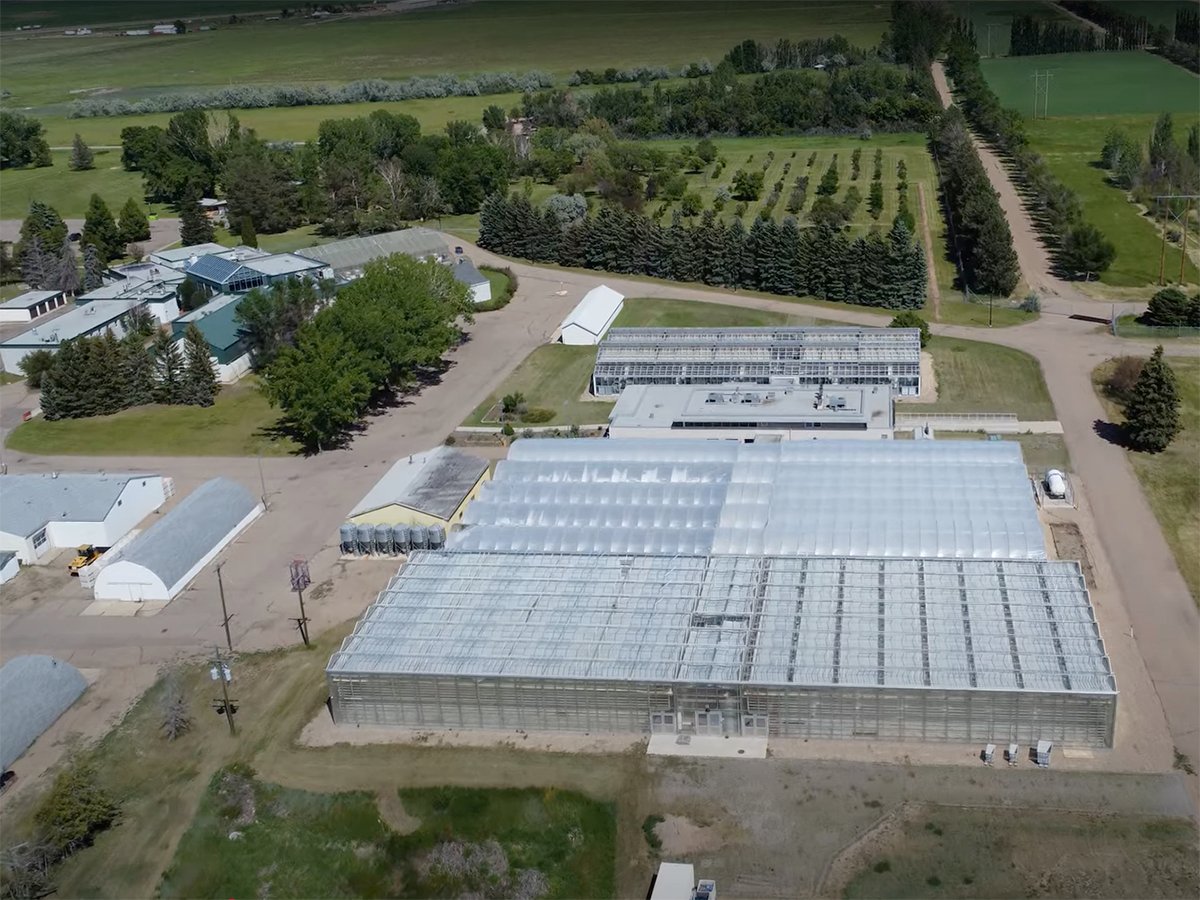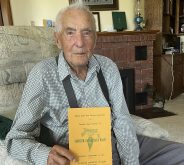It’s self-evident. The deeper a seed is planted, the longer it will take for the plant to emerge. In cold soil, delay in emergence can be several days.
“More importantly, the greater the seeding depth, the greater the negative effect on yield,” said Ken Panchuk, soil specialist with Saskatchewan Agriculture.
“The deeper the seed, the more energy used to reach the surface. This reduces the energy available to handle stresses such as cold soil, inadequate soil nutrients or fertilizer placed too close to the seed.
Read Also

Alberta crop diversification centres receive funding
$5.2 million of provincial funding pumped into crop diversity research centres
“Ideally, seeds should be placed into moist, firm soil at a uniform depth. The depth of seeding is determined by the depth of the soil moisture because contact with sufficient moist soil to support plant establishment is critical. If the soil surface is dry, packing should be used to improve seed-to-moisture contact,” he said.
Poor soil-surface moisture often dictates deeper seeding, which increases the importance of using large, sound seeds no matter what the crop variety. Panchuk said a large, sound seed has more energy for emergence and handling stress.
“An alternate strategy during dry seeding conditions, especially if planting small-seed crops such as canola, is to seed shallow and wait for rain.
“There are risks of course. No rain for a prolonged period will result in late emergence, and a heavy rain may create a crust on the soil, which makes emergence more difficult.”
Optimum seeding depth for canola and other oilseeds is one-half to one inch. The optimum depth for cereals is one and a half to two inches.
Wheat and barley yields start to drop at depths lower than two inches. Producers should aim for a seeding depth of two inches or less for barley and semi-dwarf wheat varieties.
“Barley is more sensitive to deep seeding than wheat. There will be a greater yield loss with barley sown at three inches than with wheat sown at three inches.”
Where possible, large-seed pulse crops such as peas and beans should be sown at one and a half to two inches but, if necessary, can be sown a little deeper.
Seed should be placed as shallow as possible in a firm, moist seedbed while deeper seeding is important in establishing a crop when the seedbed is dry.
“Producers should be aware that, depending on other stress factors such as poor weather, the condition of the seed, and management practices such as high rates of fertilizer placed too close to the seed, emergence will be slower and yields may be affected, ” said Panchuk.














